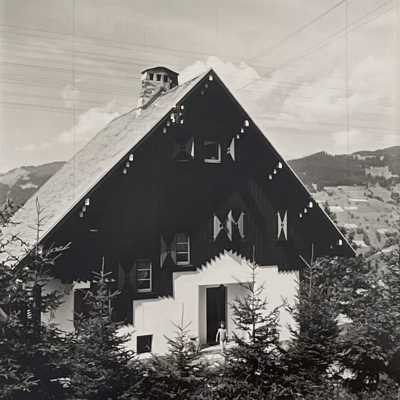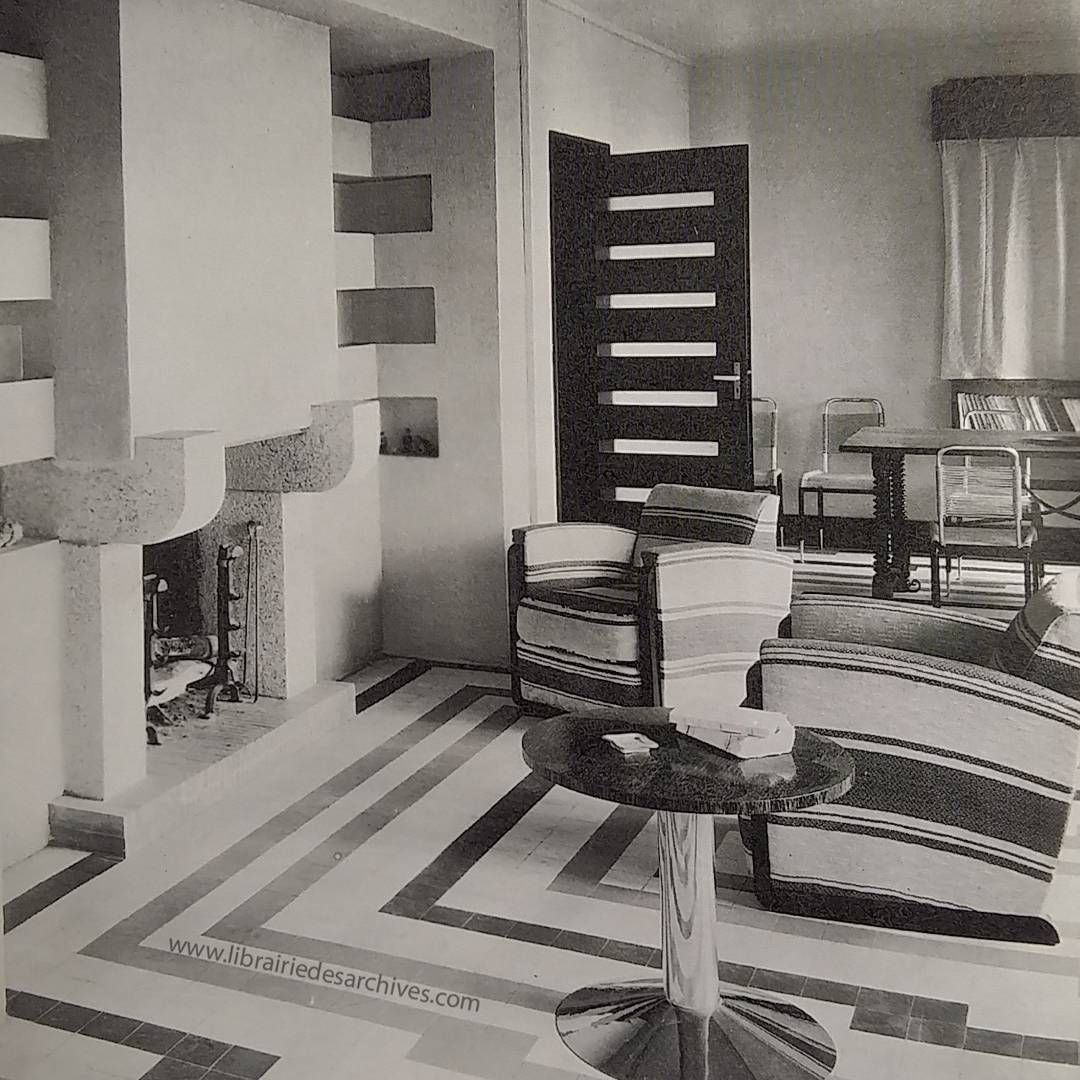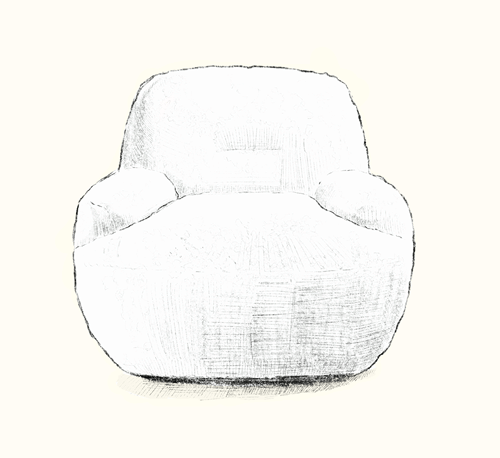Innovative Lookbook | Henry Jacques Le Même

Henry Jacques Le Même: The Art of Building Between Tradition and Modernity
In the majestic landscapes of the Alps, nestled within the chic resort of Megève, lies the work of a man who revolutionized mountain architecture without ever renouncing his classical roots. Henry Jacques Le Même (1897–1997) stands as a unique figure in the history of 20th-century French architecture. Discreet, rigorous, yet endlessly inspired, he managed throughout his career to blend functionality, aesthetics, and respect for place in each of his creations. This Lookbook offers a journey through the work of this master of detail and landscape, in tune with today’s challenges of sustainable design and habitat adapted to sensitive environments.
A Classical Path, an Innovative Spirit
Henry Jacques Le Même was born in Nantes in 1897 into a cultured bourgeois family. After brilliant studies, he entered the École des Beaux-Arts in Paris, where he was trained in classical, rigorous, and meticulous architecture. He studied under Emmanuel Pontremoli, a Prix de Rome laureate, which rooted him in a humanist architectural tradition based on composition, detail, and symmetry. Yet early on, Le Même showed a marked curiosity for the avant-garde movements of his time. Le Corbusier, De Stijl, and Art Deco all influenced his thinking. He did not seek to break with the past, but rather to create dialogue between traditions.
This ability to adapt and absorb contemporary movements without being overtaken by them became the hallmark of his architecture—a metaphorical balance between classical and modern. This intellectual approach is also reflected in his collaboration with Émile-Jacques Ruhlmann, an iconic Art Deco designer, from whom he learned the importance of detail, mastery of interior space, and the art of satisfying a refined clientele.

Megève: An Alpine Laboratory
It was in the Alps, in Megève, that Le Même found his preferred field of expression. Arriving in 1925 on the advice of industrialist Adolf Beder, he received his first commission from Baroness Noémie de Rothschild. It marked the beginning of a long series of projects that would establish him as the principal architect of the resort. Megève became his laboratory, where he developed the concept of the “skier’s chalet,” merging Savoyard tradition with modern comfort.
The skier’s chalet was not a mere imitation of vernacular architecture—it was a true reinvention. Le Même stripped away ornamental excess, introduced generous openings to capture views and light, and used local materials with a finesse borrowed from urban architecture. He brought in modern comforts: central heating, plumbing, insulation. The design was holistic, encompassing everything from the structure to the furnishings.




Design in the Details
With Le Même, nothing was left to chance. Every lintel, every balcony, every staircase railing was drawn with precision. This meticulous attention to detail stemmed from both his training and his love for the applied arts. He collaborated with artisans—ironworkers, carpenters—whom he saw as creative partners.
This design ethos translated into original and elegant solutions. In his chalets, fireplaces were both functional and sculptural. Eaves provided shelter while also giving rhythm to the façades. Ceramic stoneware floors featured geometric patterns that enlivened spaces while ensuring easy upkeep. This comprehensive approach is what made his architecture so rich—an art of living as much as an art of building.


Architecture and Place: The Genius of the Site
Le Même understood early on the importance of integrating buildings into the landscape. His constructions do not impose—they are anchored. He carefully chose orientations, sightlines, and the relationships between volumes and topography. His projects like the Hameau school or the Orset garage are striking examples—designed to dialogue with their surroundings, enhancing the site as much as they draw from it.
This intuitive understanding of the “genius loci”—a concept that would later become central to architectural theory in the late 20th century—was second nature to Le Même. He didn’t theorize; he built with common sense and sensitivity. Today, with sustainability, respect for the landscape, and architectural restraint back at the forefront, Le Même’s approach resonates with striking modernity.
From Chalet to Sanatorium: Architecture in the Service of Life
Though Le Même is renowned for his chalets, he also took on more ambitious programs. In collaboration with architect Pol Abraham, he designed several sanatoriums on the Plateau d’Assy. These buildings, dedicated to combating tuberculosis, were technical and sanitary marvels. They combined thermal comfort, hygiene, light, and beauty. Reinforced concrete was cleverly used to regulate temperatures, and color was employed therapeutically, selected for its psychological effect on patients.
His work on these sanatoriums shows just how much Le Même saw architecture as a tool for life—offering spaces that were beautiful, functional, and adapted to their purpose and setting. It was a humanistic vision of architecture, where aesthetics and utility were never separate.


NOÉMIE COLLECTION – A COLLABORATION BETWEEN NORKI × Maison HJLM
In exclusive collaboration with Maison Henry Jacques Le Même (Maison HJLM), Maison Norki created the Noémie Collection—a harmonious set of rugs, throws, and matching cushions, carefully crafted in its French workshops.
The central motif, original and elegant, pays tribute to a coat rack designed by Henry Jacques Le Même for a chalet nestled in Rochebrune, in the village of Megève. The brown hues and natural tones of the materials give the Noémie Collection a timeless elegance, evoking the warm atmosphere of alpine chalets.
The Noémie Collection honors Baroness Noémie de Rothschild, a key figure in the creation of Megève’s refined and distinctive architectural style.
Through this set of exceptional pieces, Maison Norki and Maison HJLM proudly pay tribute to this philanthropic woman, considered today as the founder of the Megève winter sports resort.











